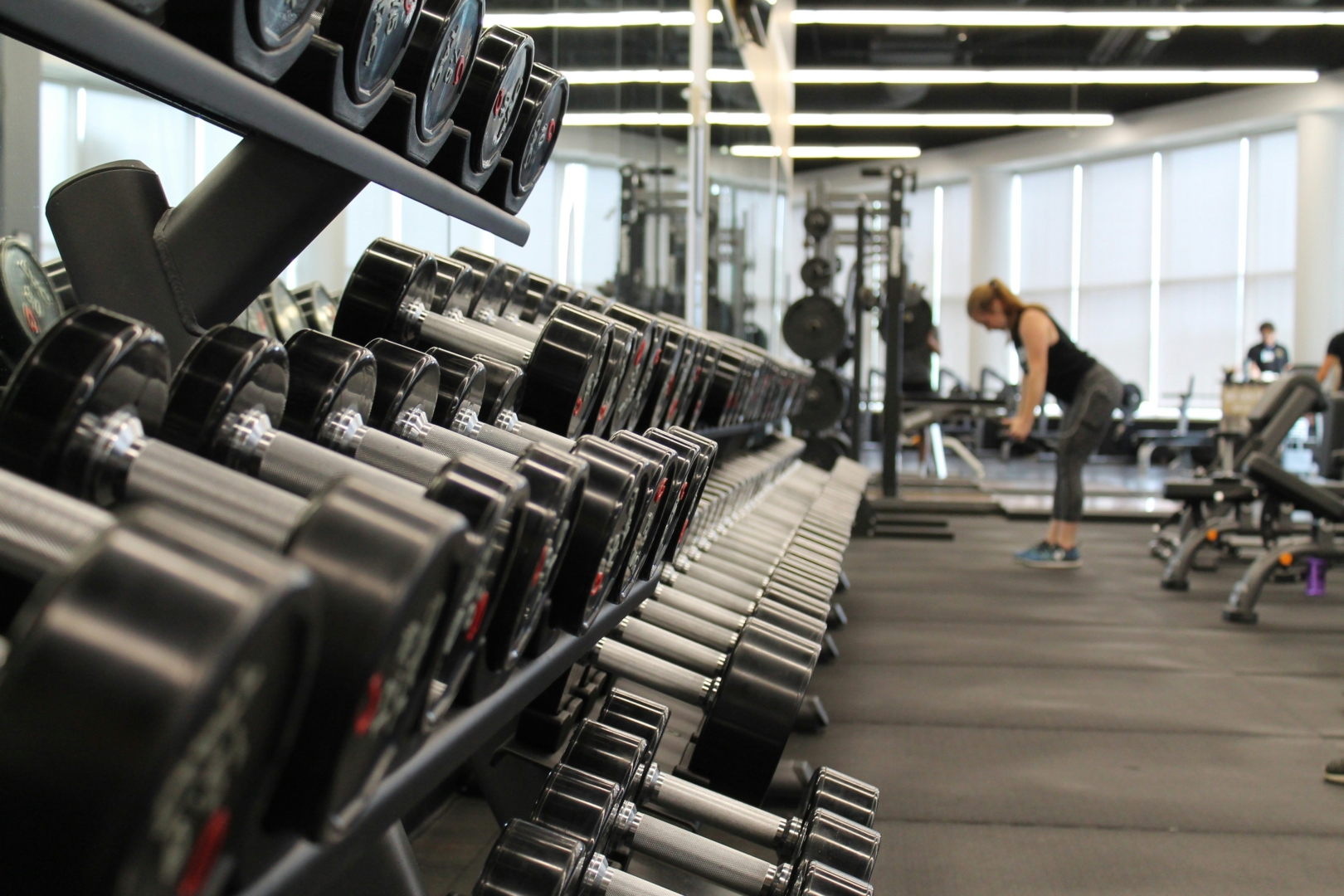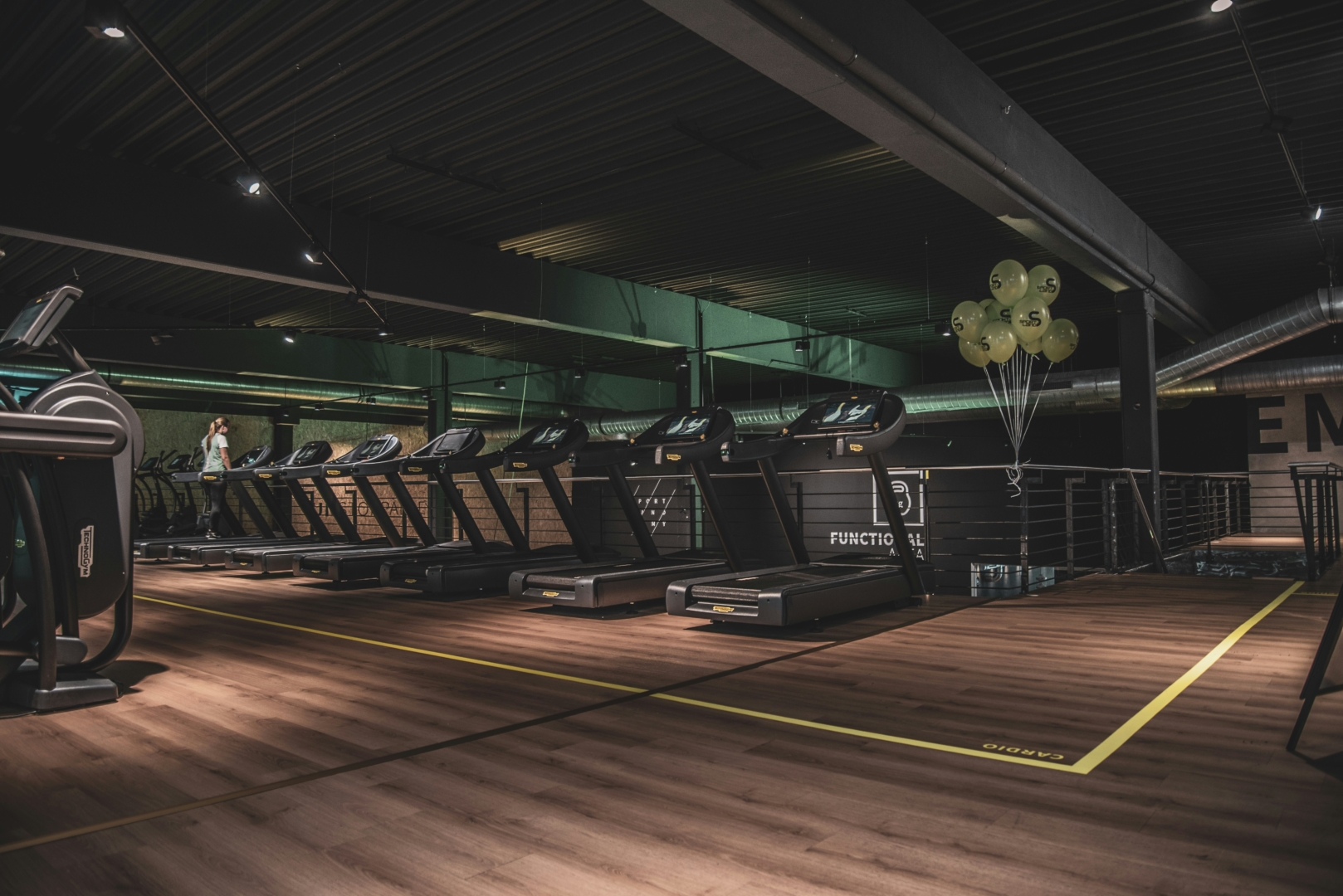How 24-Hour Gyms Can Use Vision Analytics to Enhance Safety for Solo Workout Enthusiasts
Safety is a top priority for individuals enjoying the flexibility of a 24-hour gym, especially those exercising alone. Vision analytics, powered by computer vision and deep learning, can be a game-changer in identifying and responding to emergencies — creating a safer environment for solo gym users.
The Safety Challenge for Solo Gym Users
Working out alone carries inherent risks. In a gym environment, a misstep during weightlifting, losing balance on a treadmill, or slipping on a slick floor can quickly escalate into a serious emergency. For older adults or individuals with health conditions, the risk is even greater, making real-time monitoring essential.
The Power of Vision-Based Fall Detection
Traditionally, fall detection systems fall into two categories: wearable and ambient sensors. Wearable devices like smartwatches and pendant necklaces use accelerometers to detect rapid downward movements, often paired with manual alert buttons. While effective, these solutions rely on users remembering to wear the device and being comfortable with, and be physically able to use the technology — which isn’t always practical during a workout or emergency event.
Vision analytics offers a seamless, non-intrusive alternative. By integrating fall detection systems with existing security camera infrastructure, gyms can create a proactive safety net for their members.

Here’s how it works:
Computer Vision and Deep Learning: Security cameras, enhanced with computer vision algorithms, monitor users’ movements (and even sounds) in real-time. Deep learning models trained to recognize fall patterns can distinguish between normal workout activities (like burpees or deadlifts) and potentially dangerous falls.
Multi-Angle and Multi-Person Tracking: To boost accuracy, the system can use multiple camera angles and track multiple individuals. This ensures that falls are accurately detected even in crowded areas or complex environments like free-weight sections.
Fall Intensity Estimation: The system can estimate the severity of a fall, allowing gym staff, or the monitoring service to prioritise emergency response. For example, a hard fall with minimal movement afterward might trigger an immediate call to emergency services, while a minor stumble could prompt a check-in.
Automated Alerts: Upon detecting a fall, the system can automatically send alerts to on-site or off-site personnel, emergency contacts, or even directly to emergency responders, expediting assistance when every second counts.
The Impact on Gym Safety and Member Experience
Implementing vision-based fall detection can transform gym safety. Members, especially those who prefer late-night or solo workouts, can exercise with confidence, knowing that help is just a detection away. Gyms, in turn, enhance their reputation as safe and forward-thinking fitness spaces, potentially attracting more members seeking secure workout environments.
Ultimately, integrating vision analytics into gym operations promotes not only physical health but also peace of mind — empowering individuals to stay active, independent, and safe, no matter when or how they choose to work out.
Additionally, our vision analytics solution does not see, view, or annotate any personal identifiable or sensitive live data. We are able to capture anonymous data without the need for facial recognition. The reference models used to build AI are synthetic (not based on actual/identifiable persons), similar to a virtual 3D environment. This ensures compliance with privacy frameworks such as the General Data Protection Regulation (GDPR), a European Union law that protects individuals’ personal data and privacy.

While vision analytics is transforming safety in 24-hour gyms by providing real-time monitoring, detecting potential risks, and ensuring member well-being, its impact extends far beyond the fitness industry. From construction sites to retail stores, hospitals, and transportation hubs, vision analytics is enhancing safety across countless sectors.
By leveraging AI-powered insights, businesses and organisations can proactively identify hazards, prevent accidents, and create safer environments for everyone. As technology continues to evolve, vision analytics will remain a critical tool in shaping a smarter and more secure world.
Interested to learn more? Check out our Vision Analytics page, or contact one of our friendly consultants. Phone 09 377 377 or email advice@aa.net.nz.


